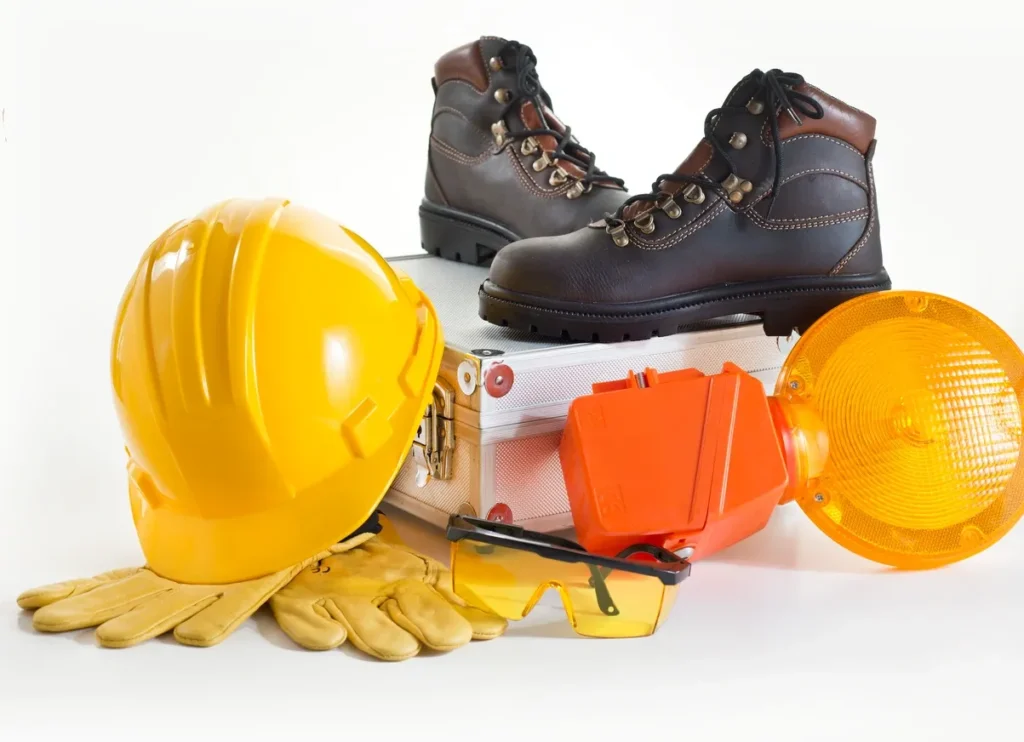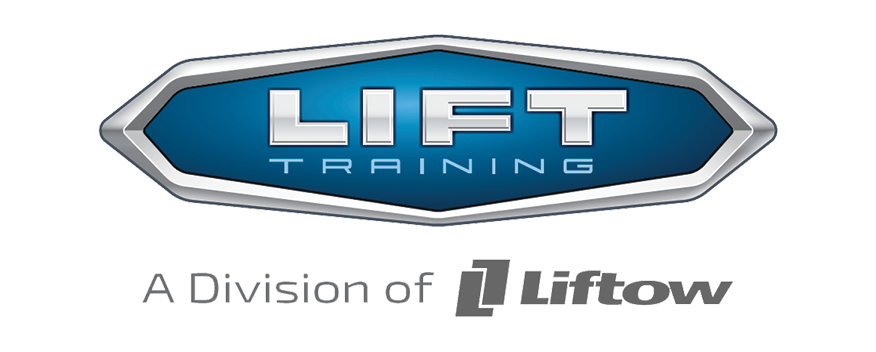
Adapting safety practices to the changing seasons is important for keeping workplaces safe and efficient. In Ontario, weather patterns can be unpredictable, affecting everything from employee comfort to operational effectiveness. Picture a typical Canadian winter: icy sidewalks and heavy snowfalls can create hazards even before workers set foot in the office. Meanwhile, summer brings its own challenges with high temperatures that can lead to heat exhaustion or fatigue. Seasons reach into every part of our lives, and safety compliance must evolve to address these diverse conditions.
Safety compliance is more than just following a checklist. It involves staying aware of seasonal changes, anticipating potential risks, and making informed adjustments to ensure a safe working environment year-round. By considering the impact of weather on workplace dynamics, businesses can proactively address safety issues before they become problems. This awareness not only helps to prevent accidents but also fosters a culture where safety is actively prioritized, boosting morale and efficiency.
Seasonal Safety Challenges
Each season comes with its own set of safety challenges. Understanding these can help businesses plan effectively:
– Winter: With its icy and snowy conditions, winter increases the risk of slips and falls, both outside and inside workplaces. Additionally, heating systems and electrical setups might strain under low temperatures, leading to potential malfunctions or fire hazards. Ensuring proper winter equipment like non-slip mats and regular maintenance of heating systems can help mitigate these risks.
– Spring: As temperatures rise and snow melts, water can create slippery surfaces, leading to accidents. Allergies might flare up for some employees, impacting their focus and productivity. Regular cleaning and proper drainage systems can prevent water-related incidents, while promoting a clean indoor environment can help reduce allergy symptoms.
– Summer: High temperatures can lead to heat stress or fatigue, particularly for those working outdoors or in non-air-conditioned spaces. Ensuring access to water, shade, and regular breaks can protect employees from heat-related issues. Monitoring indoor temperatures and maintaining air conditioning units is essential for indoor safety as well.
– Autumn: As leaves fall and rain increases, outside walkways can become slippery, increasing fall risks. The transition to cooler days also means heating systems are turned back on, where possible checks should be done to ensure safe operation. Regular outdoor cleaning and timely inspection of heating systems are good practices during this season.
These challenges provide a roadmap for businesses to follow when reviewing their current safety protocols. Being aware of these issues is the first step in addressing them effectively. Understanding and preparing for seasonal-specific dangers allow businesses to not just react, but to maintain a safe and seamless operation regardless of the weather.
Tailored Safety Training Programs
Crafting training programs to handle different seasons is crucial for maintaining safety standards. Each season poses unique risks that standard training might overlook. By tailoring programs specifically for winter or summer, employees learn how to effectively handle seasonal hazards. For example, a winter-specific program might include guidance on proper footwear for icy conditions and safe driving techniques in snow.
Programs should cover these areas:
– Winter-Ready Skills: Teach employees how to walk safely on ice, drive carefully in snowy conditions, and use equipment like space heaters correctly.
– Summer Safety Tips: Focus on hydration, recognizing signs of heatstroke, and schedules that avoid outdoor work during peak sun hours.
– Spring and Autumn Transitions: Include allergy awareness and handling slippery conditions from rain or melting snow. Encourage preparedness for sudden weather changes common to these transition periods.
By focusing on relevant skills and knowledge for each season, employees are better prepared to handle their work environment safely, leading to fewer accidents and greater overall productivity.
Proactive Measures for Seasonal Safety
Taking proactive steps bolsters a company’s ability to prevent accidents and ensures a safer environment throughout the year. Here are some measures businesses can adopt:
– Update safety gear and equipment regularly to address seasonal changes. For example, provide ice cleats for winter and sun hats or cooling vests for summer.
– Revise emergency plans and conduct seasonal-specific drills. Preparing employees for scenarios like winter storms or extreme heat waves means they can react quickly and safely in real situations.
– Encourage a culture of reporting hazards promptly. A simple guideline for identifying and communicating potential risks can prevent accidents.
Practical tips will ensure a comprehensive approach:
1. Conduct seasonal reviews of safety protocols.
2. Hold workshops at the change of each season to refresh employees on relevant safety practices.
3. Establish clear communication channels for reporting hazards so that they can be addressed swiftly.
Engaging in regular updates and communication about safety helps organizations reduce potential risks and adapt to seasonal changes smoothly.
Benefits of Seasonal Safety Compliance Training
Long-term, adapting safety training to suit seasons can yield significant benefits. By anticipating seasonal challenges, businesses can effectively reduce workplace accidents and associated downtime. Such proactive measures enhance efficiency and keep operations running without disruptive incidents.
Implementing these tailored training approaches boosts employee confidence. Workers feel more empowered and valued, leading to higher morale. When employees are well-trained, they move about their tasks with greater assurance, knowing the company’s invested in their safety. This investment results in increased workplace satisfaction and productivity.
Preparing for Seasonal Changes in Ontario
Ontario’s climate poses unique challenges throughout the year. From snow-laden winters to humid summers, businesses must stay alert and adaptive. In winters, ensure all heating systems are in perfect operating condition, and supply salt or sand for icy areas. Summer’s humidity calls for well-maintained AC systems and hydration stations within easy reach of workers.
Practical steps help in tackling seasonal changes:
– Conduct climate-specific safety audits as seasons shift.
– Utilize local weather forecasts and alerts to stay ahead of adverse conditions.
– Maintain flexible work policies during severe weather to safeguard employee safety and comfort.
By preparing for Ontario’s distinct seasonal shifts, workplaces can thrive without letting adverse conditions disrupt their operations.
Stay Safe Year-Round with LIFT Training
Adapting safety compliance to weather changes is integral for maintaining a safe and productive work environment. Prioritizing training that focuses on handling seasonal hazards effectively is key. By remaining vigilant and prepared, businesses promote a culture of safety that benefits everyone involved, ensuring that employees not only stay protected but work more confidently and efficiently.
Ensure your company adapts to the seasonal challenges by prioritizing effective safety compliance training. With LIFT Training’s expertise, you can navigate these transitions smoothly, keeping your workplace both safe and efficient. Discover how we can help you enhance your safety measures by checking out our safety compliance training resources today.
